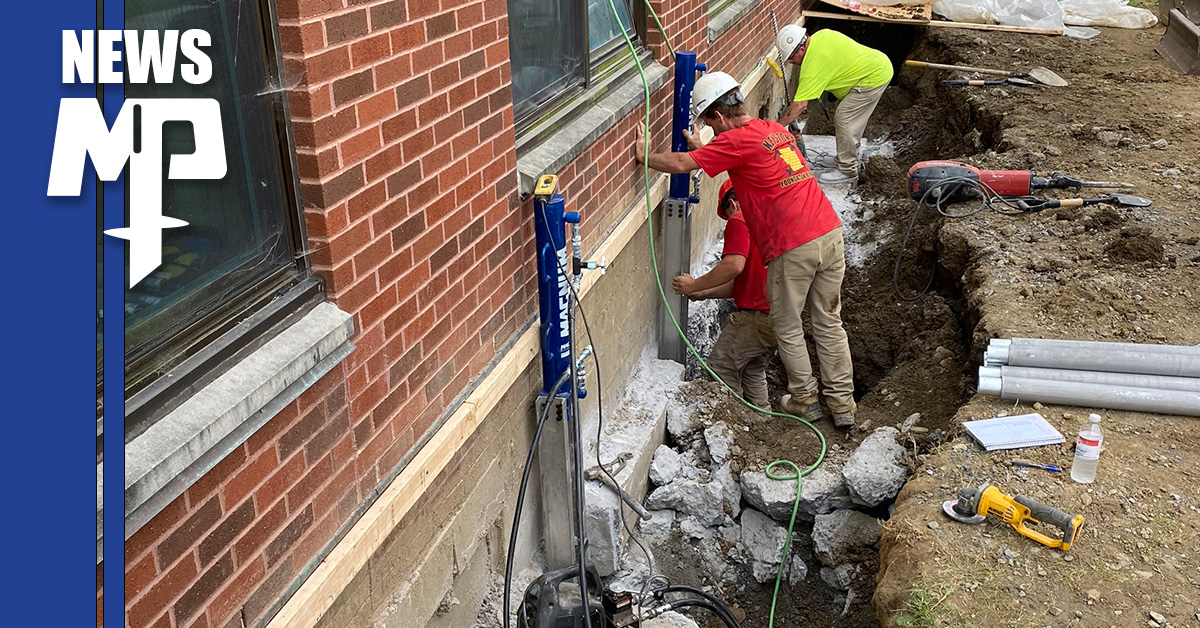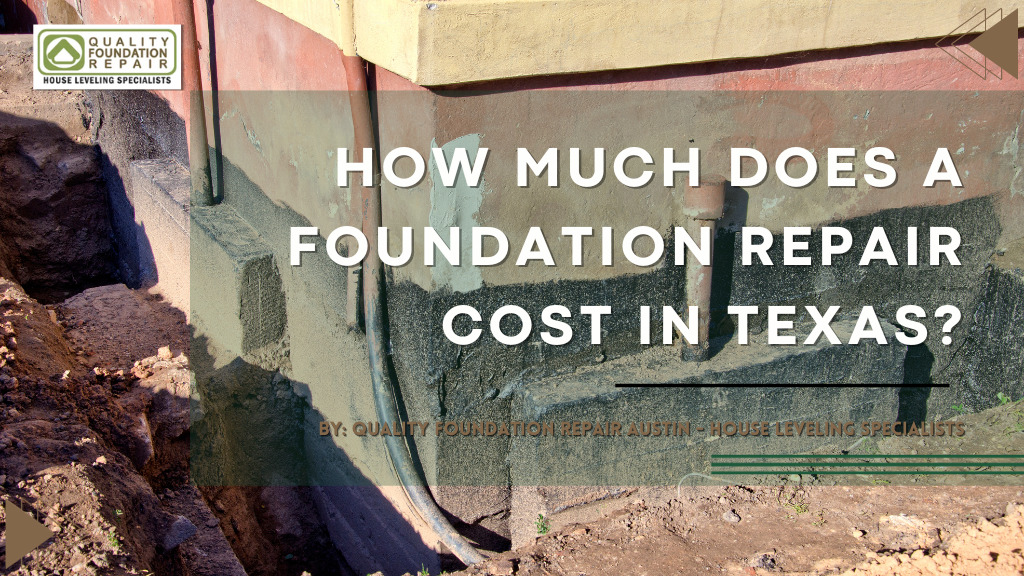Checking Out Different Methods of Foundation Repair for Numerous Dirt Kinds
Foundation repair is an essential element of preserving structural stability, particularly when thinking about the diverse challenges positioned by different dirt kinds. The intricacy of dirt habits under varying conditions necessitates a tailored approach to repair, making certain ideal services such as helical piers for unsteady dirts or chemical cements for cohesive layers.
Understanding Soil Types
Soil kinds play an important role in the security and longevity of structure foundations, making it necessary for property owners and building experts to understand their characteristics and behavior. The interaction between dirt and structure can identify the architectural honesty of a building. There are numerous dirt types, each with distinct physical homes that influence exactly how foundations are created and preserved.
Granular soils, such as sand and crushed rock, offer good drain and are typically taken into consideration steady. They have high load-bearing capacities, which can support larger structures. Nonetheless, these soils can change if not compacted effectively, causing possible settlement issues. On the other hand, natural soils like silts and clays exhibit different behaviors. These soils often tend to retain dampness, and their load-bearing capacity can vary significantly with modifications in wetness web content.
Rocky soils, understood for their stamina and stability, offer exceptional support for foundations but might call for customized devices for excavation. On the other hand, fertile soils, which are a balanced mixture of clay, silt, and sand, typically supply positive conditions for foundation support due to their modest drainage residential properties.

Understanding these soil kinds is critical for choosing proper structure fixing approaches, making certain the durability and safety of structures in time.
Obstacles With Expansive Clay
Among the various soil types, extensive clay presents special challenges for foundation stability because of its propensity to undergo significant quantity adjustments with dampness variant. This kind of soil swells when damp and contracts when completely dry, which can apply significant stress on structures. These variations can lead to foundation cracking, heaving, and settlement concerns, presenting considerable risks to the architectural honesty of structures.
The difficulties with large clay are intensified by its plasticity index, which determines the dirt's ability to change shape and volume. A high plasticity index suggests better possibility for motion, enhancing the chance of damage to foundations. This is especially bothersome in areas experiencing extreme or regular weather adjustments, where cycles of damp and dry conditions are common.
Moreover, the deepness of large clay layers can vary, complicating the assessment and preparation of appropriate structure fixing techniques. These intricacies need an extensive geotechnical assessment to ensure reliable structure fixing techniques are applied, emphasizing the significance of dealing with large clay obstacles with know-how and treatment.
Solutions for Sandy Soils
Sandy soils, defined by their big bit size and low cohesion, existing unique difficulties for structure stability because of their tendency for shifting and erosion. These properties require specialized structure repair service techniques to ensure architectural integrity. One reliable solution is making use of deep foundation systems such as helical piers or driven stacks. By anchoring the structure to deeper, a lot more secure dirt layers, these systems can provide the essential support to counteract the shifting nature of sandy soils.
An additional suggested method is the application of dirt stablizing methods. Chemical grouting, for example, entails infusing a maintaining agent right into the dirt, which enhances cohesion and reduces permeability. This procedure assists to strengthen the sandy substrate, thereby decreasing the visit this web-site risk of disintegration and motion.
In addition, installing appropriate water drainage systems is vital in sandy dirt problems. Guaranteeing ample drainage can prevent water accumulation around the foundation, which commonly intensifies erosion and dirt displacement. Techniques such as French drains pipes or surface area grading can be utilized to route water away from the structure border.
Attending To Working Out in Loamy Soils
Loamy dirts, known for their well balanced mix of sand, clay, and silt, use a productive base for many structures however can sometimes result in foundation settling as a result of their special make-up. This well balanced texture gives exceptional drainage and nutrient retention, making it perfect for agriculture and landscape design. This same feature can end up being problematic for foundations, as shifts in wetness content can trigger the soil to expand or contract, leading to working out.
Addressing resolving in loamy soils requires a complex strategy. Exact dirt screening is vital to determine the particular composition and moisture web content of the loam. As soon as data is gathered, executing proper drainage services is essential to keep regular wetness levels, thus minimizing the risk of soil tightening or expansion. French drains pipes or surface area grading are reliable approaches to redirect water far from the structure.

Ingenious Repair Work Methods
In the realm of foundation fixing, ingenious techniques are consistently being created to resolve the complex challenges positioned by various dirt problems. As soil kinds vary considerably in their architectural homes, traditional techniques may not constantly are sufficient. The introduction of new click to read more innovations in structure repair provides more tailored remedies, ensuring stability and durability.
One noteworthy technology is the use of helical piers, which are especially effective in unpredictable or large dirts (foundation repair okc ok). These piers are screwed right into the ground up until they get to a stable layer of dirt, offering solid assistance for the foundation over. This method reduces disruption and is versatile to various dirt types, making it a flexible solution
An additional cutting-edge method is the application of polyurethane foam shot. This method involves injecting high-density polyurethane foam under the structure to load spaces and stabilize the structure. It is a much less intrusive choice to conventional underpinning, supplying fast setup with marginal disturbance to the surrounding area.
In addition, dirt stablizing techniques, such as using chemical grouts, have actually gained grip. These substances improve dirt toughness and lower leaks in the structure, stopping future shifting. Collectively, these cutting-edge repair methods provide effective remedies for the diverse obstacles postured by varying dirt conditions.
Final Thought

Foundation repair work is a vital facet of preserving architectural honesty, particularly when thinking about the diverse challenges presented by various dirt types (foundation repair okc). The intricacy of soil behavior under varying problems requires a customized strategy to repair, making sure ideal remedies such as helical piers for unstable dirts or chemical cements for cohesive layers. By securing the foundation to deeper, more secure soil layers, these systems can supply the essential support to counteract the changing nature of sandy dirts
Foundation repair work calls for careful factor to consider of soil types to guarantee security and longevity. Chemical grouts improve soil stamina and decrease permeability in natural dirts.